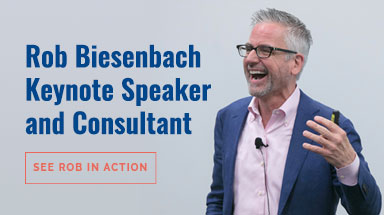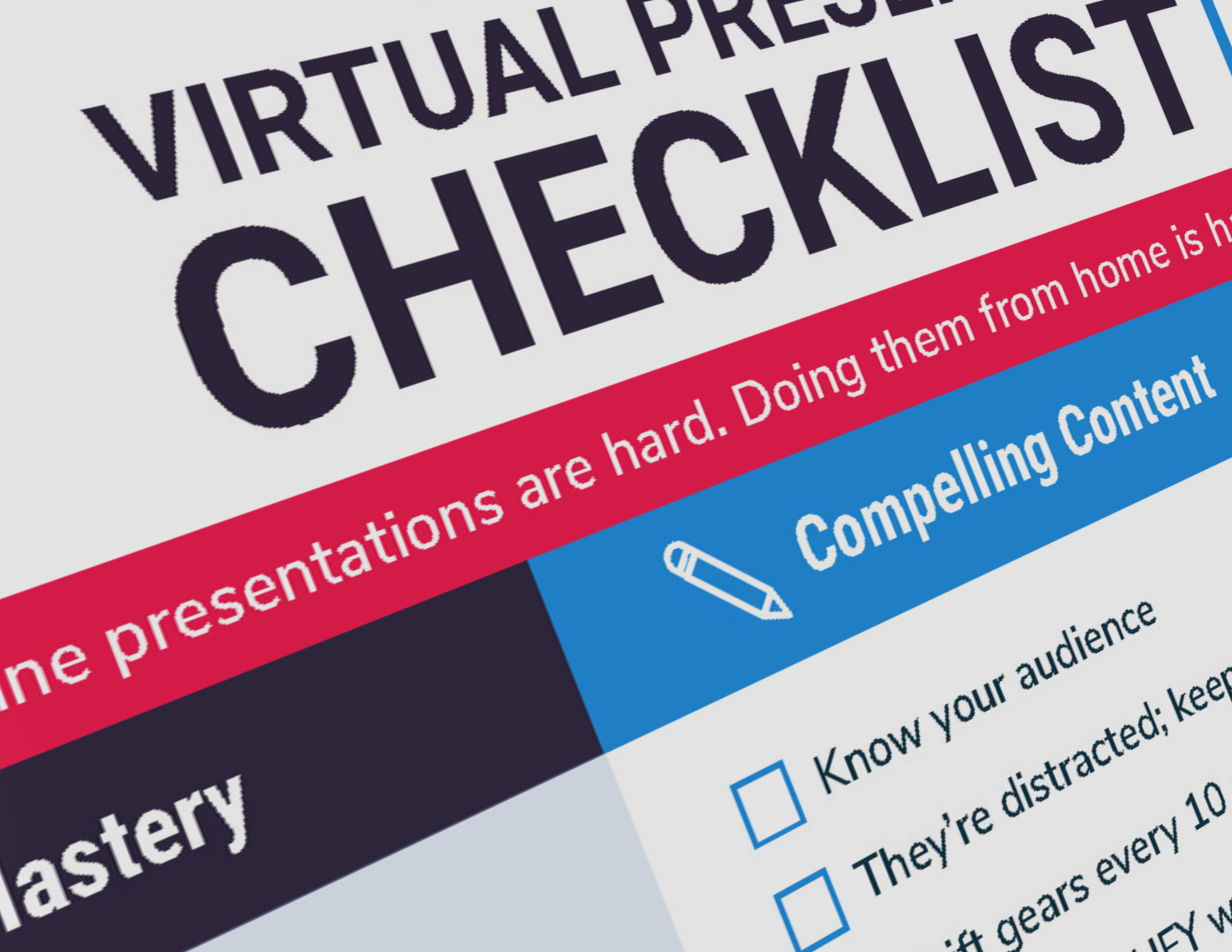
How do they not recognize what’s obvious to all of us?
Well, look at it from their perspective. “Reading the room” can be difficult under the best of circumstances. We have to tune in to people’s body language and expressions, gauge subtle shifts in the atmosphere and figure out what all those signals mean.
But doing all that while we’re busy presenting is especially hard. It requires next-level listening skills.
So if you’ve ever sat helplessly while someone you work with delivers an off-key presentation, here’s how you can better prepare them to recognize it and even stop it from happening in the first place.
(And if you’ve ever delivered a klunker yourself, these tips for delivering a pitch-perfect presentation will help you, too.)
1. Know the Audience
Before ever stepping up to the podium, we have to do our homework: understand who the audience is, figure out what they want, anticipate their objections and even their mood.
That allows us to craft relevant, resonant messages, strike the right tone and connect more effectively.
2. Know the Material
We also have to know our stuff. It’s impossible to sense what’s happening around us when the wheels inside our head are turning furiously, trying to conjure the right words, think of the next point, or transition from one topic to the next.
This is an important lesson I learned from my former career as an actor. Performers don’t just memorize dialogue — they internalize it to the point where they don’t even have to think about it. That way they can focus on being truly present and in the moment — to not just act, but react to the other players, the audience and the environment.
That doesn’t mean we should memorize the presentation word-for-word. But we should know the material well enough that we’re not struggling to recall it.
3. Make it a Conversation
In the old days it was common to present straight through for 50 minutes and take 10 minutes of questions at the end. The resulting “crickets” response was often the first clue that things had not gone well.
Audiences today won’t stand for that. They want a dialogue, not a monologue. And by making it a conversation, the speaker can better gauge the temperature of the room.
Here’s how to get the audience involved early and often:
- Take a poll or ask for a show of hands.
- Pose simple questions — true/false, fill-in-the-blank, yes/no.
- Ask leading questions — “How does this apply to your work?” or “Tell us about a relevant experience you’ve had …”
4. Adjust Course as Necessary
Skilled speakers tune in to what’s happening in front of them. Is the audience unresponsive? Or only grudgingly so? Do their expressions or body language set off alarm bells? That’s a sign to change things up.
Try periodic pulse checks: “How’s this tracking so far? Are you still with me? Anyone disagree?”
And don’t hesitate to call out the elephant in the room: “I see a few confused faces — what can I clarify for you?” Or, “I sense some skepticism out there — what are your doubts? Let’s get them on the table.”
Be prepared to toss out the game plan and go where the audience’s interests lie.
5. Be Empathetic
Ultimately, delivering a pitch-perfect presentation is about being interested in people — curious about who they are, responsive to what they need and eager to help them understand, grow and get better. And, in turn, being willing to learn from them.
The more valued audience members feel, the more receptive and engaged they will be.
[Image licensed via iStock]
[A version of this post originally appeared in PRSA’s Strategies & Tactics]




